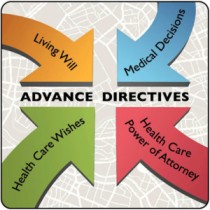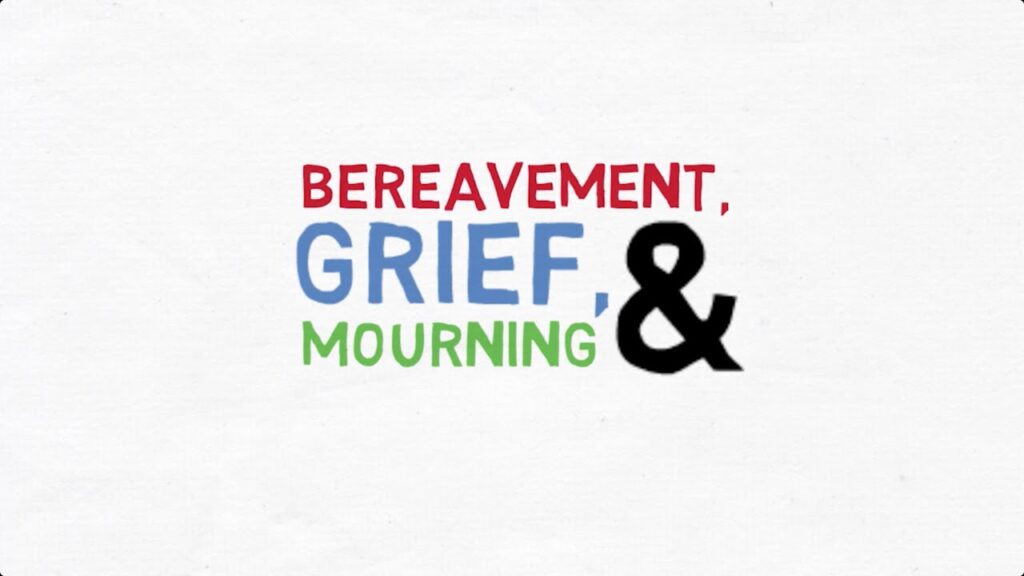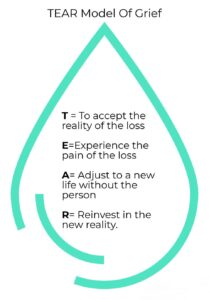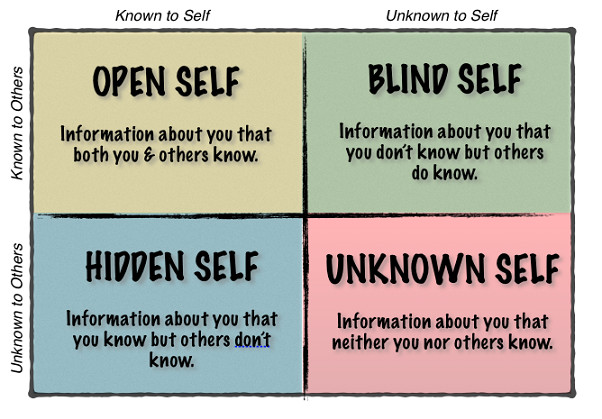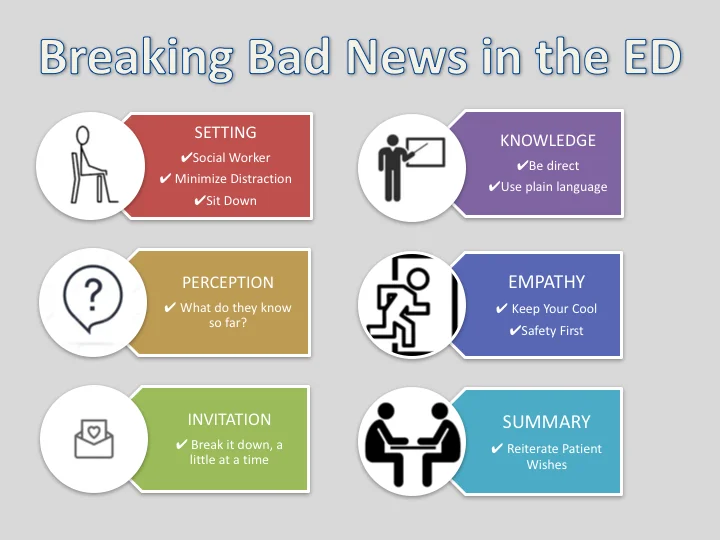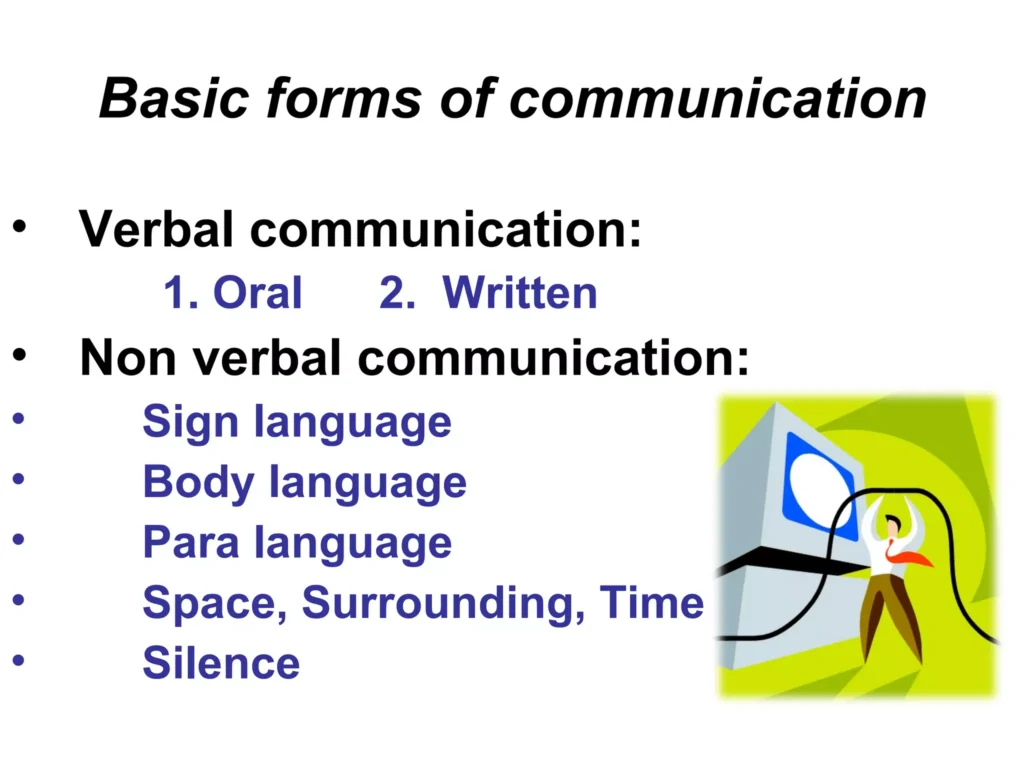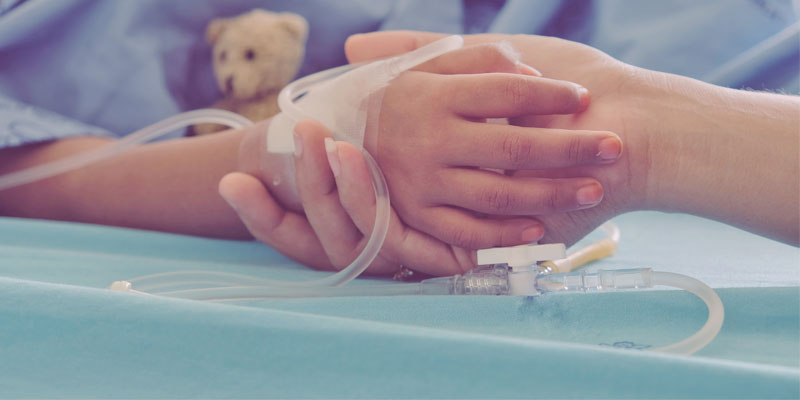Will Making
Will Making
Will: This document expresses the desires of a person regarding the distribution of their property among specific individuals or parties after their demise.
Will: A will is a document created by an individual during their lifetime, wherein they state how their property and affairs should be handled after their death.
Will: A will is a written document produced by a person while they are alive, clearly instructing how their property should be managed or divided following their passing.
In Uganda, the law governing inheritance is outlined in the SUCCESSION ACT, Chapter 139 of the Laws of Uganda, as amended by Decree No. 22 of 1972.
This legislation covers the process of creating wills and the subsequent procedures following the death of a will-maker. It also addresses the distribution of property when a person passes away without leaving a will.
However, customary laws and practices often prevail over the legal provisions, leading to property distribution that may not adequately consider the welfare of widows, widowers, and children. Consequently, it is crucial for individuals to create a will during their lifetime to ensure that their property and assets are distributed according to their wishes.
Terms used in the Will
- Administrator/Administratrix: A person authorized by a court of law to manage the property owned by the deceased.
- Child: An individual under the age of 18, including both legitimate and illegitimate children.
- Customary heir: A person designated by the deceased or the family clan members to succeed the deceased based on the customs of the deceased’s tribe.
- Deceased: A person who has passed away.
- Dependent relatives: These include a spouse, children under the age of 18, or children above 18 who were substantially dependent on the deceased. It also encompasses parents, siblings, grandparents, or grandchildren who relied significantly on the deceased for their basic needs.
- Estate: Refers to all the immovable and movable assets of the deceased, such as houses, agricultural produce, land, livestock, food supplies, personal belongings, motor vehicles, shareholdings, bank deposits, and outstanding debts owed to the deceased.
- Executor: A male individual appointed in the will of a deceased person to carry out the instructions stated in the will.
- Executrix: A female individual appointed in the will of a deceased person to carry out the instructions stated in the will.
- Husband: A man who is legally married according to the laws of Uganda or any other foreign jurisdiction where the marriage was celebrated.
- Wife: A woman who is legally married according to the laws of Uganda or any other foreign jurisdiction where the marriage was celebrated. This term does not include individuals who had children with the deceased without being legally married.
- Personal representatives: Individuals appointed by the court to manage the estate of a deceased person, upon whom probate or letters of administration have been conferred.
- Probate: The legal authorization granted by a court of law to manage the estate of the will-maker.
- Letters of Administration: The legal authorization granted by a court of law to a person who passes away without leaving a will.
- Residential Holding: The primary residence of the deceased person.
- Testator: A person who creates a will.
Types of marriages
The law of Uganda recognizes three (3) different types of marriages
- Marriage Registration: Marriage celebrated either in a Registered Church, or the Office of the Chief Administrative Officer, or the Registrar General’s
- Customary Marriage: A marriage celebrated according to the customs of a given tribal community in These marriages are known as a customary marriage and must be registered.
- Sharia Marriage: A marriage celebrated in accordance with the Moslem religion, a Marriage celebrated in accordance with the Hindu
INHERITANCE
Inheritance is the process through which the property and responsibilities left by a deceased person are distributed among specific individuals according to the wishes of the deceased or according to the regulations outlined in the law.
There are two main ways in which inheritance occurs:
Inheritance with a Will: When a person leaves behind a legally recognized document called a will, it specifies how their property should be distributed after their death. The will serves as a guide for the distribution of assets and ensures that the wishes of the deceased are respected.
Inheritance without a Will: In cases where a person passes away without leaving a will, the distribution of their property follows the guidelines established by the applicable laws. These laws determine the order of priority for distributing the assets among the surviving family members.
HOW CAN ONE MAKE A WILL?
Eligibility: Any individual, whether male or female, married or single, can create a will. However, the person making the will must meet the following requirements:
- Be 21 years of age or older
- Be of sound mind (able to understand the implications of making a will)
- Be aware that they are creating a will
Writing the Will: A will should be in writing. The person making the will can choose to handwrite it themselves. If the individual cannot write, they may ask a trusted person to write it on their behalf, while they provide instructions.
- Legal Assistance: Alternatively, a lawyer can be hired to draft the will. In such cases, the lawyer will charge a fee for their services.
- Ensuring Understanding: It is important to ensure that the person making the will understands its contents and implications. Patiently explain the terms and provisions, addressing any questions or concerns.
- Clarity: The will should be clear and unambiguous, leaving no room for misinterpretation.
- Seek Support: During the process of making a will, provide emotional support and actively listen to the individual, as it can be a sensitive and personal matter.
WHO CAN MAKE A WILL?
- Eligibility: Any individual, regardless of gender or marital status, can make a will if they meet the following criteria:
- Have reached the age of 21 years or older
- Possess sound mental capacity (able to understand the consequences of making a will)
- Act voluntarily and without coercion
- Be aware of their actions while making the will (not too sick or under the influence of alcohol or drugs)
Note: For soldiers at war or marines at sea, the minimum age for making a will is 18 years.
A person who is usually deemed mentally incompetent can create a will during periods of lucidity.
It is important to note that a person who creates a will is referred to as a “testator.” A will is not legally recognized if it is made by a person who:
- Is below 21 years of age
- Lacks mental capacity at the time of making the will
- Was too ill to realize they had not left a will In such cases, the property will be distributed as if no will existed.
IN WHAT FORM CAN A WILL BE MADE?
A will must be in writing. It can be handwritten by the testator themselves. If the testator cannot write, they may dictate the contents to a trusted person who will transcribe it for them.
Alternatively, a lawyer can be engaged to draft the will for a fee.
IMPORTANCE OF MAKING A WILL
- Clearly Expressing Wishes: A will articulates the testator’s desires, ensuring that their intentions are followed during the distribution of their property.
- Asset Protection: A will establishes guidelines for managing and distributing the testator’s property, providing protection and clarity.
- Guardianship Provision: A will may designate guardians for minor children, ensuring their care and well-being.
- Avoiding Disputes: By clearly stating the beneficiaries and their entitlements, a will helps prevent disputes and conflicts among relatives.
- Establishing Paternity: A will can help avoid disputes over the paternity of children.
- Debt Collection: The executor of the will can collect any debts owed to the deceased.
- Beneficiary Flexibility: A will allows the testator to allocate their property to individuals beyond immediate relatives.
- Debt Settlement: The testator can indicate any outstanding debts owed to them, ensuring their repayment.
- Estate Administration Guidance: A will provides instructions for the proper administration of the deceased’s assets and properties.
- Responsibilities Allocation: A will can assign various relatives the responsibility of raising children or fulfilling specific duties.
- Social and Financial Security: A will helps ensure the well-being and financial stability of dependents, such as orphans and widows.
- Debt Acknowledgment: The testator can state if they owe any debts and specify the repayment method.
ESSENTIAL CONTENTS OF A WILL
Full Identification: The will should include the full names, place of birth, tribe, place of origin, names of parents, clan/religion, and address of the testator (person making the will).
Date of Will: The date when the will is made should be clearly stated, including the day, month, and year.
Cancellation of Previous Will: If the testator is revoking a previous will, it should be explicitly stated in the current will.
Executor(s) or Executrix: The names of the executor(s) or executrix (person(s) responsible for carrying out the testator’s wishes as stated in the will) should be mentioned.
Appointment of Heir/Heiress: The full names of the customary heir/heiress (woman entitled to inherit or has a right of inheritance) should be specified.
Guardianship: If there are minor children, the names of the guardians appointed to care for them should be included.
Marital Status and Spouse Information: The marital status of the testator should be indicated, along with the name(s) of the spouse(s) and the place and date of marriage. If separated or divorced, the date of divorce/separation should be stated.
Children: The names and number of all children, whether born within or outside marriage, should be listed.
Dependent Relatives: If the testator wishes to provide for any dependent relatives in the will, their names should be mentioned.
Property Description: A comprehensive list and description of the testator’s property should be provided. This should include assets belonging solely to the testator and not those of others.
Beneficiaries and Distribution: The names and addresses of the individuals, including spouse’s children and relatives, who will inherit the property should be stated. The will should also specify how the property is to be distributed after the testator’s death.
Additional Wishes: Any additional wishes of the testator, such as burial preferences or specific instructions related to the will, should be included.
Creditors and Debt Repayment: Any creditors to whom the testator owes money should be mentioned, along with instructions on how to repay them.
Debtors and Amounts Due: If there are individuals who owe the testator money, their names and the amounts owed should be included.
Signature or Thumbprint: The will should be signed or thumbprinted by the testator to indicate their approval and authentication.
Witness Information: The names, addresses, and signatures of at least two witnesses should be present on the will. Witnesses should not read the will but must attest that the testator voluntarily made the will while of sound mind.
Additional Information to Consider:
It can be useful to include the following details in the will:
- Employment Information: Name and address of the employer, start date, job position, salary, and other benefits.
- Self-Employment: If self-employed, state the nature of the work and relevant details.
- Business Interests: List the names and addresses of businesses in which the testator holds shares or has an economic interest, along with the extent of such interest.
- Insurance Policies: Provide information about any insurance policies that benefit the testator or their family members.
- Bank Accounts: Specify the names and addresses of banks where the testator holds accounts, including the account numbers.
- Burial Wishes: State burial preferences, including the desired burial location and specific instructions for the funeral.
- Copies of the Will: Indicate the names and addresses of individuals or places where other copies of the will are kept.
Note: Witnesses to the will must be of sound mind, 21 years of age or older, and should not be beneficiaries named in the will. The will can be written in any preferred language as long as it is understood well by the testator and expressed in simple language.
CAN I CHANGE MY WILL?
Yes, you have the right to change your will at any time based on your preferences and circumstances. There are various situations that may warrant a change in your will, such as acquiring or losing property, having children whom you wish to include as beneficiaries, or getting married to another spouse.
If you decide to make changes to your will, follow these steps:
Create a New Will: You can either draft a completely new document or make the necessary changes to the existing will. If you choose to make changes, clearly state that it is a new will and include the date of the previous will that is being canceled.
Date and Specify Changes: Ensure that the new document is dated and explicitly states that it is amending the first, second, or subsequent wills, mentioning the respective dates. List the specific changes you want to make to the will.
Signatures and Witnesses: Sign your name on every page of the new will or the pages containing the changes, and sign again on the final page. Number the pages accordingly. Two witnesses should witness your signature or thumbprint.
Testator’s Authority: Remember that only the testator (person making the will) has the authority to change their own will. Neither the family nor the clan can alter the will on your behalf.
If a Wife or Child is Excluded from the Will:
Dependents’ Rights: It is generally expected that the testator provides for their dependents, including the wife and children. If you are a wife or child and the will does not provide for you, you can apply to the court. The court will ensure that you are adequately provided for during the distribution of assets or may redistribute the property to guarantee your share.
Matrimonial Home: The matrimonial home cannot be disposed of in a will. It automatically passes to the surviving spouse(s), and minor children below the age of 21 are entitled to live there.
Where Should a Will be Kept?
A will can be entrusted to any of the following individuals or entities, provided you trust them:
- Bank Manager
- Reverend, Church Priest, or Imam
- Local Council Executives
- Headmaster or Headmistress
- A trusted friend
- A spouse
- The Administrator General
- Your Lawyer
- Legal NGOs such as FIDA (U), Legal Aid Project of the Uganda Law Society (LAP), and Legal Aid Clinic (of the Law Development Centre)
- A relative
- Registrar General’s Office
Invalidation of a Will:
A will may be declared invalid (not legally recognized) by the court if the following conditions are proven:
- The testator was of unsound mind or senile when making the will.
- The will was made under duress or threats.
- The testator was underage at the time of making the will.
- The testator married after making the will, rendering it invalid.
- The will is ambiguous or unclear in its provisions.
- The estate or subject matter of the will no longer exists before the testator’s death.
- The will was not signed by the testator or witnessed.
- Some or all of the property mentioned in the will was sold, given away, or destroyed before the testator’s death or execution of the will.
- The will inadequately provides for the spouse(s), minor children below the age of 21, or dependent relatives who significantly rely on the deceased for their basic needs.
Note: If the court declares a will invalid, the property of the testator will be distributed according to the laws pertaining to individuals who did not create a will.
SHARING OF PROPERTY IN THE ABSENCE OF A WILL
When a person passes away without leaving a will, the law provides specific ways to distribute the property.
The following are the key points regarding property distribution:
Consolidation of Property: All the property owned by the deceased is combined into a single estate. This estate is considered as a whole, representing 100% of the assets.
Distribution Among Dependents: The estate is divided among the eligible beneficiaries based on the presence of a surviving spouse or wives, husband or husbands, and other dependent relatives.
If the deceased left behind a spouse, children, a customary heir, and other dependents, the distribution of the estate is as follows:
- All children, whether legitimate or illegitimate, share equally in 75% of the property.
- The widow(s) or widower receives 15% of the property along with the family home.
- Dependent relatives share 9% of the property, including relatives or adopted children.
- The customary heir is entitled to 1% of the estate.
Note: A widow is not considered as property and cannot be shared or taken by another male relative of the deceased husband. However, a widow can choose to remarry freely, even within her former husband’s clan. It is illegal to evict a widow from her former husband’s home.
If the deceased has no children but is survived by a spouse or dependant relatives, the distribution of the estate is as follows:
- The wife/wives or husband receives 50% of the property.
- Other dependant relatives share 49% of the property.
- The customary heir is entitled to 1% of the estate.
If the deceased leaves behind only a wife or dependant relatives, and the customary heir, with no children, the property is distributed as follows:
- The wife/wives or husband and dependant relatives (as the case may be) receive 99% of the property.
- The customary heir is entitled to 1% of the estate.
Duties and Responsibilities:
Guardians: The responsibilities of guardians appointed in a will include:
- Caring for and guiding the children.
- Safeguarding the children’s property and ensuring it is used only for their benefit, protecting it from misuse by other relatives.
- When the children come of age, handing over the remaining property and providing an account of how it was utilized. Misuse of a child’s property by a guardian is legally punishable.
Executors/Executrix Named in the Will: The duties of executors/executrix named in a will are as follows:
- Reporting the death to the office of the Administrator General or the Chief Administrative Officer within two months.
- Applying to a court of law for the necessary powers to carry out the wishes of the deceased, as stated in the will.
- Collecting the deceased’s property and any outstanding debts owed to or by the deceased at the time of death.
- Submitting an account of the estate to the granting court within six months, detailing the distribution of the property.
- Supporting the widow/widower, children, and dependant relatives, including paying for children’s school fees, using the funds from the deceased’s estate if available.
- Distributing the property according to the deceased’s wishes as stated in the will after fulfilling all the above requirements.
Note: If the will does not name any executors/executrix, close individuals such as the widow/widower, heir, or adult children may individually or jointly apply to the court for letters of administration to handle the affairs of the deceased. This application is made after obtaining a letter of no objection from the Administrator General.
Role of the Local Council: The local council plays a role in inheritance matters, which includes:
- Protecting widows and children from relatives who may attempt to claim their property.
- Confirming and reporting the death of a person to the office of the Administrator General and the court.
Letters of Administration: Letters of Administration are the authority granted by the court to a person for administering the estate of a person who died without leaving a will.
Eligibility for Applying for Letters of Administration: The following individuals may apply for letters of administration:
- The surviving wife/wives or husband of the deceased.
- Adult children of the deceased.
- Close relatives of the deceased.
Requirements for Obtaining Letters of Administration:
- Reporting the death of the deceased with all the necessary documents.
- Applying to the Administrator General for a “Certificate of No Objection.”
- The certificate of no objection serves as clearance and enables the person to apply to the court for letters of administration.
Note: The acceptance of children by the deceased during their lifetime is a prerequisite for their eligibility to apply for letters of administration.
The situations outlined above represent the most common scenarios in everyday life. However, the following points should also be noted when applying any of these distribution schemes:
- Residential Holding: The residential home is not included in the property subject to distribution as outlined above. The residential holding should be held by the person to whom letters of administration have been granted, in trust for the legal heir. The widow and children below a certain age are entitled to reside in the home until specific conditions are met.
- In the case of a widow, these conditions include her death, remarriage, or ceasing to occupy the house for six consecutive months, or voluntarily surrendering it.
- For female children, these conditions include death, reaching the age of 21, marrying before reaching 21, or ceasing to reside in the house for six consecutive months.
- For male children, these conditions include death, turning 18, ceasing to reside in the house for six consecutive months, or more.
Multiple Legal Wives: In cases where there are multiple legal wives, they share the property given to them equally.
Separated Wife’s Entitlement: If a wife has been separated from her husband as a member of the household and the husband dies without a will, she will not automatically be entitled to share in the deceased’s property. She can apply to the court within six months from the husband’s death to request a share of the property. She must demonstrate that there was a reasonable cause for the separation.
Distribution in the Absence of Legal Wife: If a husband’s legal wife passes away without a will, he is entitled to 15% of the property or a larger share if there are no children or dependent relatives to share the estate.
Equal Share for Children: All children, regardless of their birth status (within or outside wedlock), share equally in the children’s share of the deceased’s estate.
It is important to note that it is illegal for anyone to evict the widow or children from the residential home, or to handle the estate without proper court authority.



